Cargo holds in ships are essential areas that require thorough cleaning to assure the safety, quality, and compliance of transported goods. The cleanliness of a ship’s hold directly impacts the condition of the cargo and plays an integral role in adhering to international maritime regulations (IMO).
Different cleaning standards exist to ensure that ship holds are maintained in top condition, preventing contamination and promoting safety during transportation. We explore the 6 key ship hold cleaning standards, shedding light on their significance, procedures, and outcomes.
1. Hospital Clean Standard
The “Hospital Clean” standard is one of the most stringent cleaning requirements for ship holds. It is typically booked for sensitive cargo, such as food-grade products and pharmaceuticals, where even the smallest contamination could lead to health risks or compromise product quality.
Fulfilling this standard requires the complete removal of all debris, residues, and microbial contaminants. Cleaning must expand beyond visible residues, often instructing the application of disinfectants or sanitizers to destroy bacteria and fungi. The use of approved cleaning agents and thorough drying processes ensures that the hold is left in a state comparable to a hospital environment in terms of cleanliness.
Common Cargo Types: Pharmaceuticals, food products (grain, rice, sugar).
Procedures: Scrubbing, disinfecting, drying, and frequent testing of microbial levels.
2. Food Safe Standard
The Food Safe standard is designed to confirm that holds are cleaned to a level suitable for transporting edible goods. This standard is important for safeguarding food products like grains, pulses, and seeds. While it is less demanding than the Hospital Clean standard, it still requires rigorous attention to detail to avoid contamination by chemicals, pests, or previous cargo residues.
During cleaning, no hazardous chemicals should be used, as any traces left behind could potentially harm the food products. The entire hold must be inspected to confirm that there is no remaining dirt, mold, or other contaminants that could compromise the safety and quality of the food being shipped.
Common Cargo Types: Grains, cereals, pulses, and seeds.
Procedures: Vacuuming, sweeping, steam cleaning, and visual inspection.
3. Dry Clean Standard
The Dry Clean standard is often applied when transporting dry, non-food bulk cargo. It aims for the removal of all visible debris, loose residues, and dust from the hold. While it does not require washing or disinfecting, it ensures that the hold is free of dirt, remnants of previous cargo, and other unwanted materials that could affect the quality of the next shipment.
This standard is often used for cargoes that are not sensitive to moisture or minor contaminants but still require a clean environment to avoid cross-contamination.
Common Cargo Types: Cement, coal, minerals, or fertilizers.
Procedures: Sweeping, vacuuming, and use of blowers to remove dust.
4. Grain Clean Standard
The Grain Clean standard is specifically tailored for bulk agricultural products. It involves a thorough cleaning of the hold to prevent contamination from dust, old cargo remnants, and pests. Any residue from previous cargoes, especially harmful substances, can spoil the grain or render it unsafe for human or animal consumption.
This standard requires attention to hidden areas like corners, hatch covers, and bulkheads. Ensuring proper ventilation and pest control measures are also part of this standard. The Grain Clean standard often includes checks for moisture levels to prevent mold growth during transit.
Common Cargo Types: Corn, wheat, barley, and other grains.
Procedures: Sweeping, vacuuming, removing rust or corrosion, and pest control.
5. Wash Clean Standard
Wash Clean refers to the standard where the hold is cleaned using water and detergents to remove dirt, stains, and any residues that might cling to the surfaces. After sweeping and removing loose debris, water is used for more stubborn residues, ensuring a deeper clean.
This standard is typically used for cargoes that are sensitive to chemical contaminants but not moisture. It ensures that the hold is free of stains, dust, and other contaminants. Care must be taken to properly drain and dry the hold after washing to prevent rust or mold formation.
Common Cargo Types: Clay, ores, fertilizers, and scrap materials.
Procedures: High-pressure washing, using biodegradable detergents, and thorough drying.
6. Weather Tight Standard
The Weather Tight standard focuses on ensuring that the hold is not only clean but also properly sealed against external environmental factors, such as water ingress or humidity. This standard ensures that holds are watertight, preventing water damage or contamination during voyages.
This level of cleanliness and maintenance is vital when carrying cargo that is sensitive to moisture or could be damaged by exposure to sea conditions. The integrity of the hold’s structure is inspected, ensuring that no leaks, rust, or damage exist that could compromise the cargo.
Common Cargo Types: Machinery, equipment, and other high-value items.
Procedures: Sealing, waterproofing, inspecting hatch covers, and ensuring proper ventilation.
Read also: How does one determine the optimal frequency for cleaning cargo holds?
Importance of Hold Cleaning Standards
These cleaning standards are crucial for several reasons. First, they help maintain the integrity and quality of the cargo being transported, whether it’s food products, raw materials, or high-value items. Second, they ensure compliance with international regulations, which often require vessels to meet specific cleanliness standards before being allowed to load or unload in certain ports. Finally, proper cleaning prevents the spread of pests and diseases, contributing to global biosecurity.
Choosing the appropriate cleaning standard depends on the type of cargo being transported and the specific requirements outlined by both international regulations and the cargo owner.
Frequently Asked Questions
1. Why are different ship hold cleaning standards needed?
Ans : Different cleaning standards are required because different types of cargo have varying levels of sensitivity to contamination. For instance, food products and pharmaceuticals require stricter cleaning standards to avoid health risks, while dry bulk materials like coal or cement may not need such stringent measures.
2. What happens if a ship fails to meet cleaning standards?
Ans : If a ship’s hold does not meet the required cleaning standards, it can face penalties, delays in port, and possible rejection of the cargo by the buyer. Additionally, the ship may be required to undergo further cleaning, which could result in costly delays.
3. How often should ship holds be cleaned?
Ans : Ship holds should be cleaned after each voyage, especially when transporting different types of cargo to prevent cross-contamination. The frequency of cleaning also depends on the type of cargo and regulatory requirements.
4. What is the role of inspections in hold cleaning?
Ans : Inspections are a critical part of hold cleaning. Inspectors verify that the hold has been properly cleaned according to the required standard. They check for visible debris, pest infestations, moisture levels, and structural integrity to ensure the hold is ready for the next load.
5. Can ship crews clean the holds, or should professionals be hired?
Ans : Ship crews can handle basic cleaning tasks, but for more thorough or specialized cleaning, such as achieving a Hospital Clean or Food Safe standard, it is often recommended to hire professional cleaning services. This ensures that the hold is cleaned to the highest standards and minimizes risks.

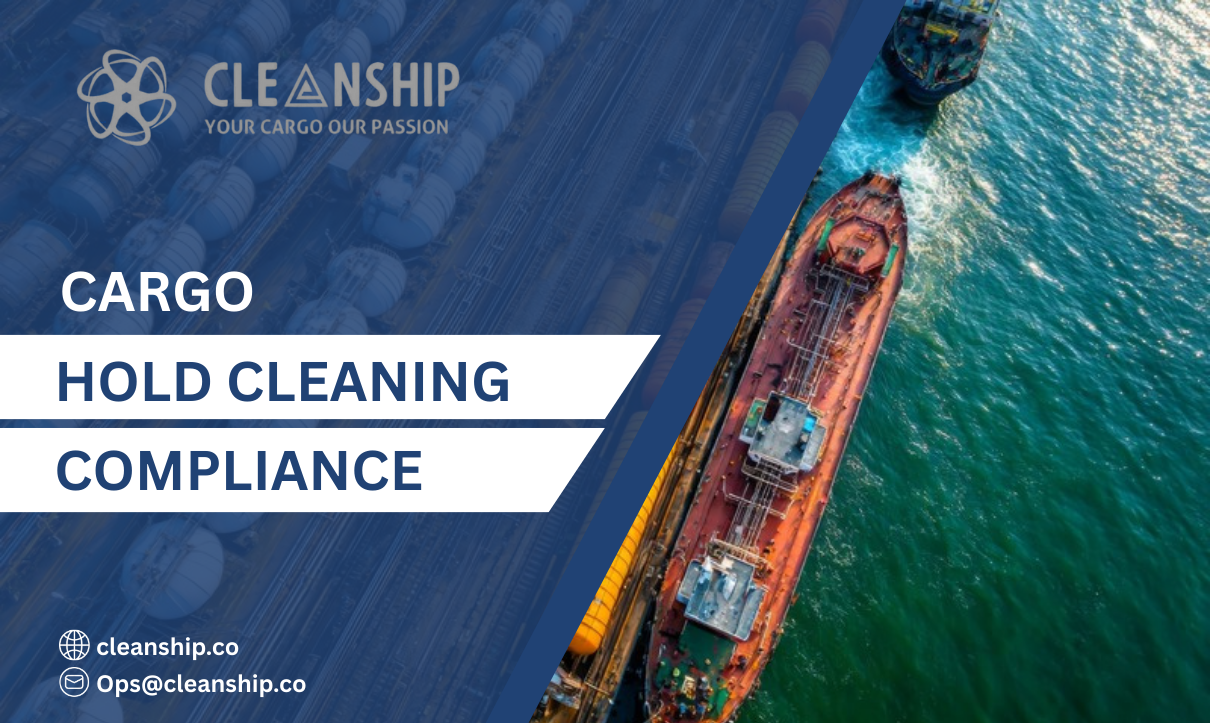
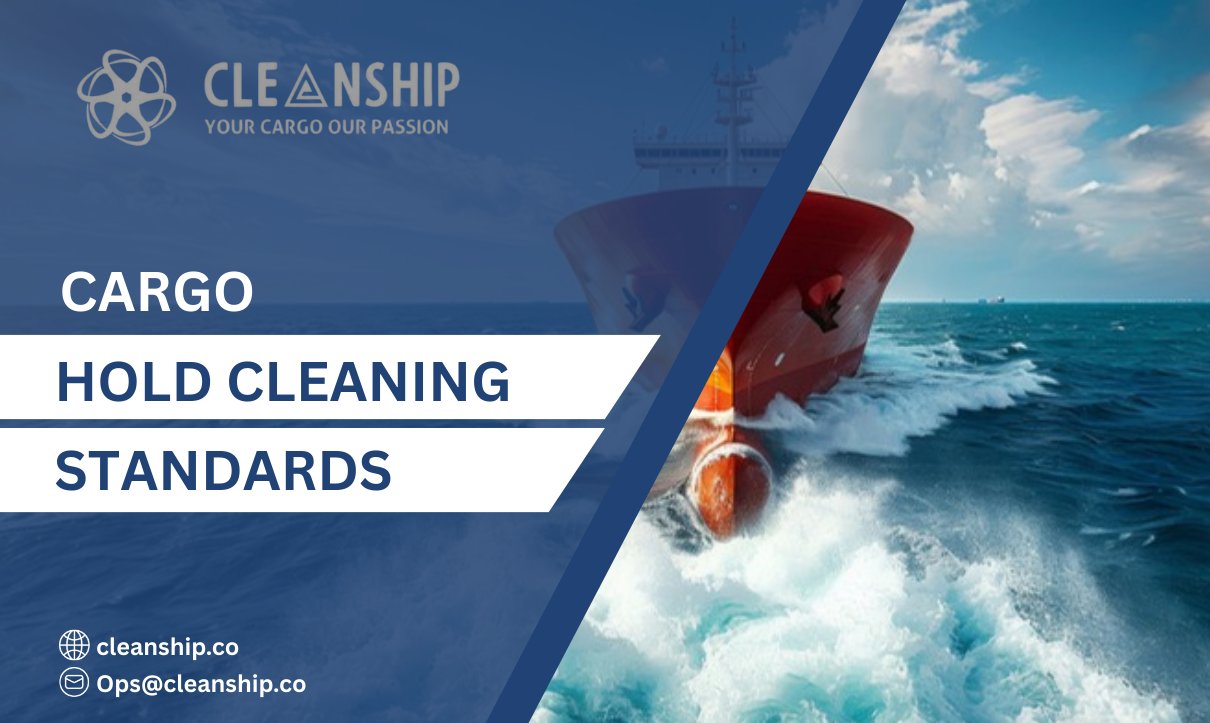
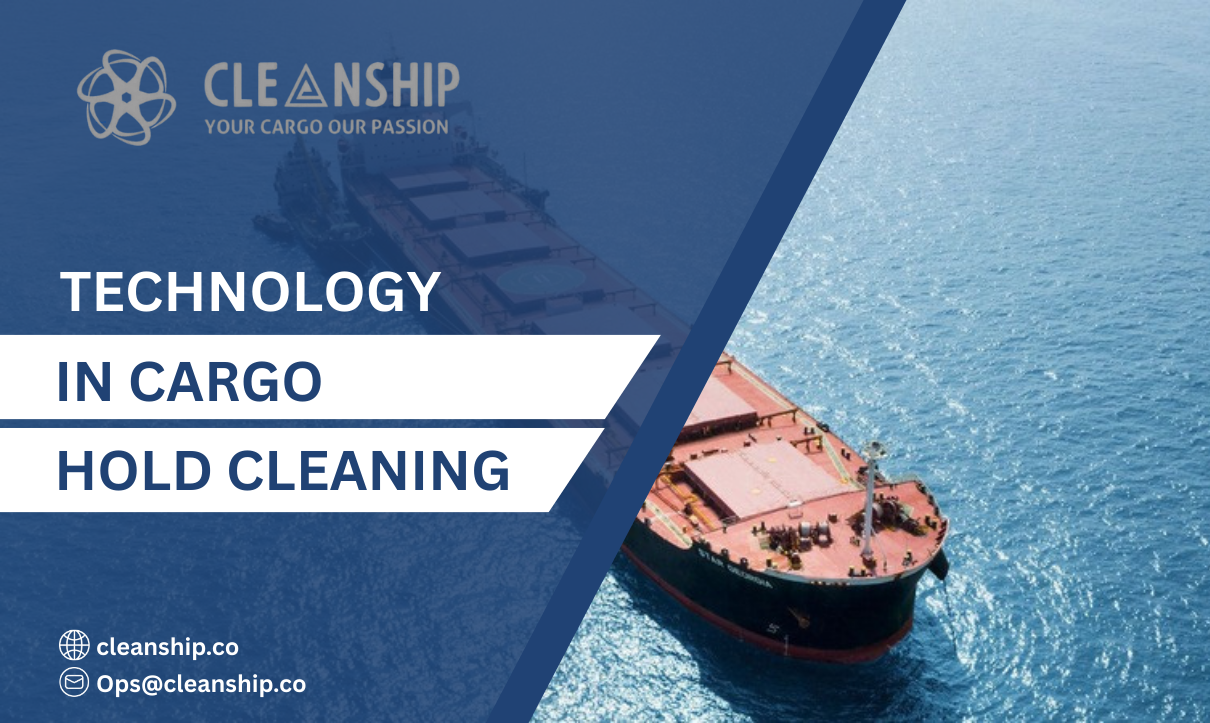
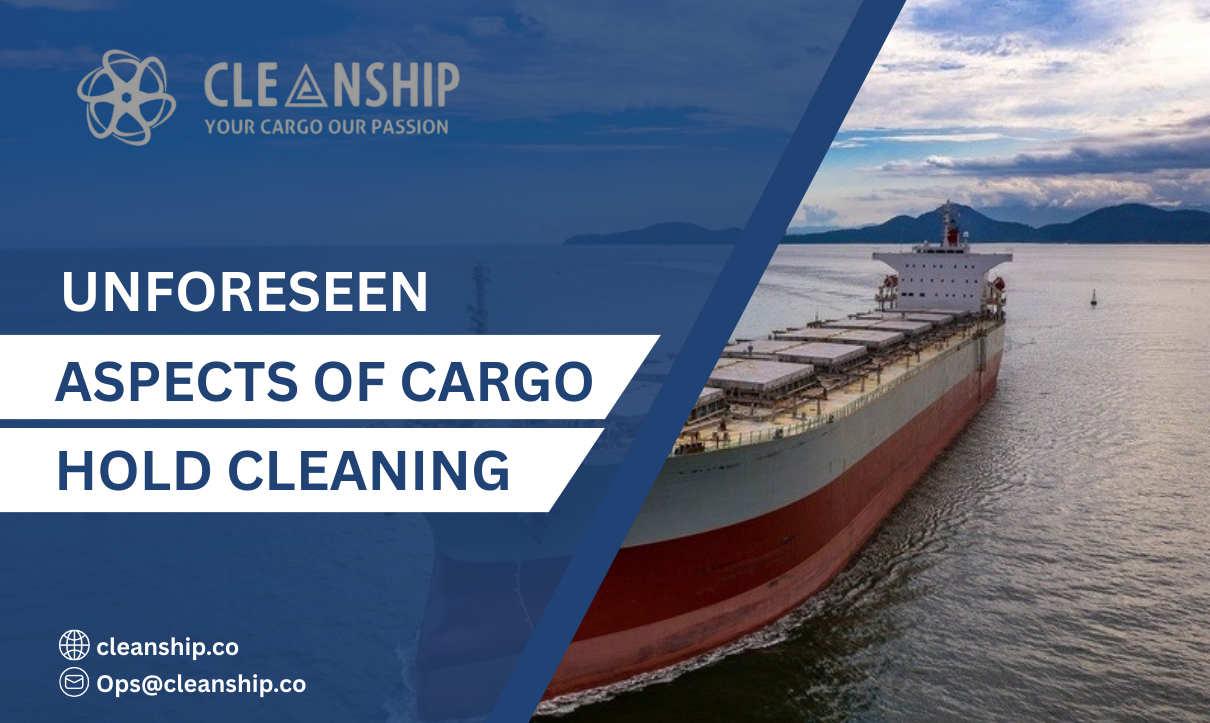
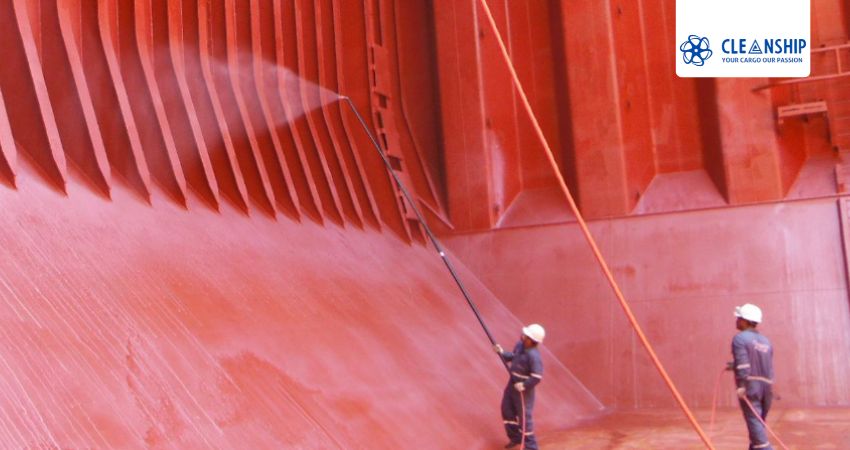
Leave A Comment